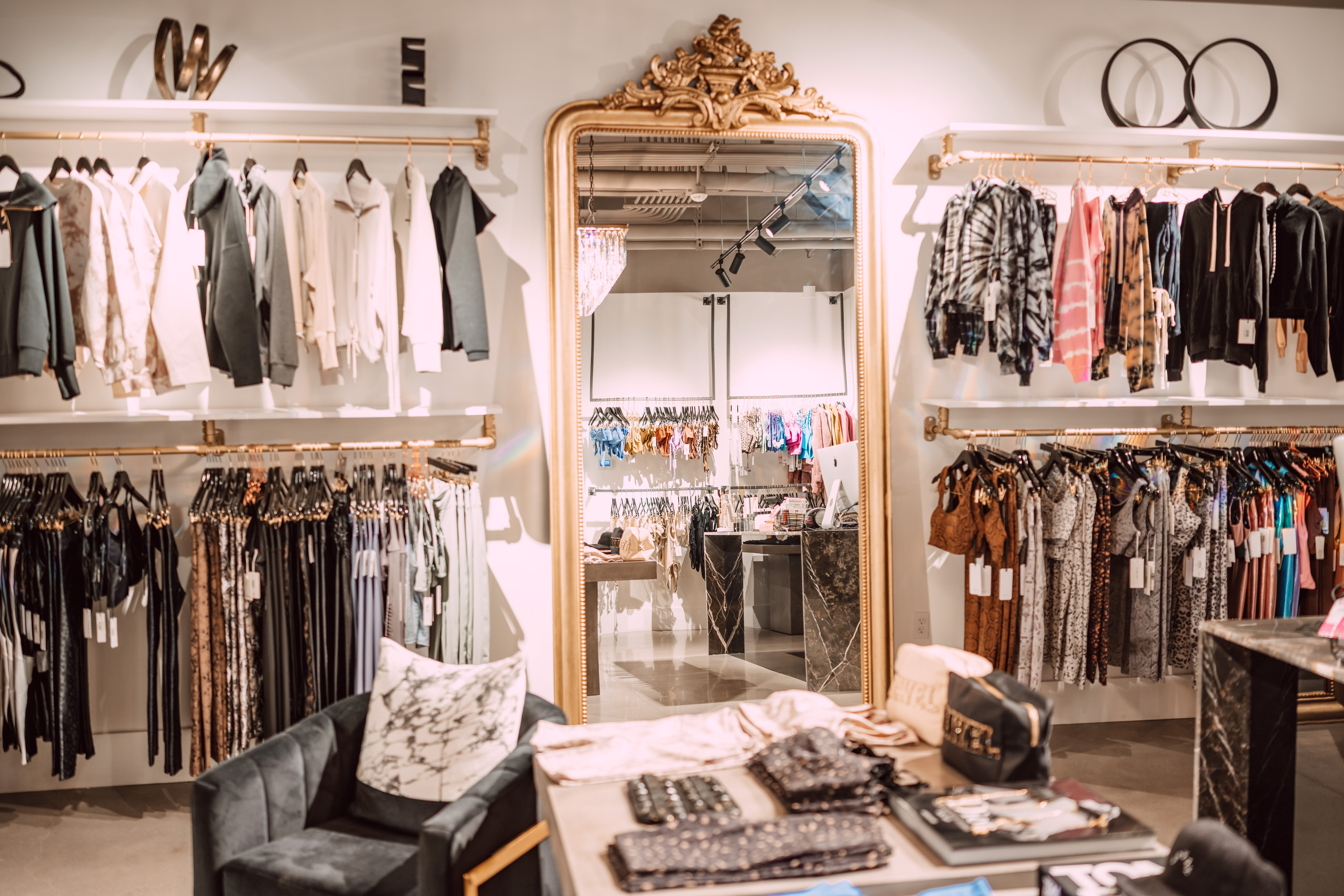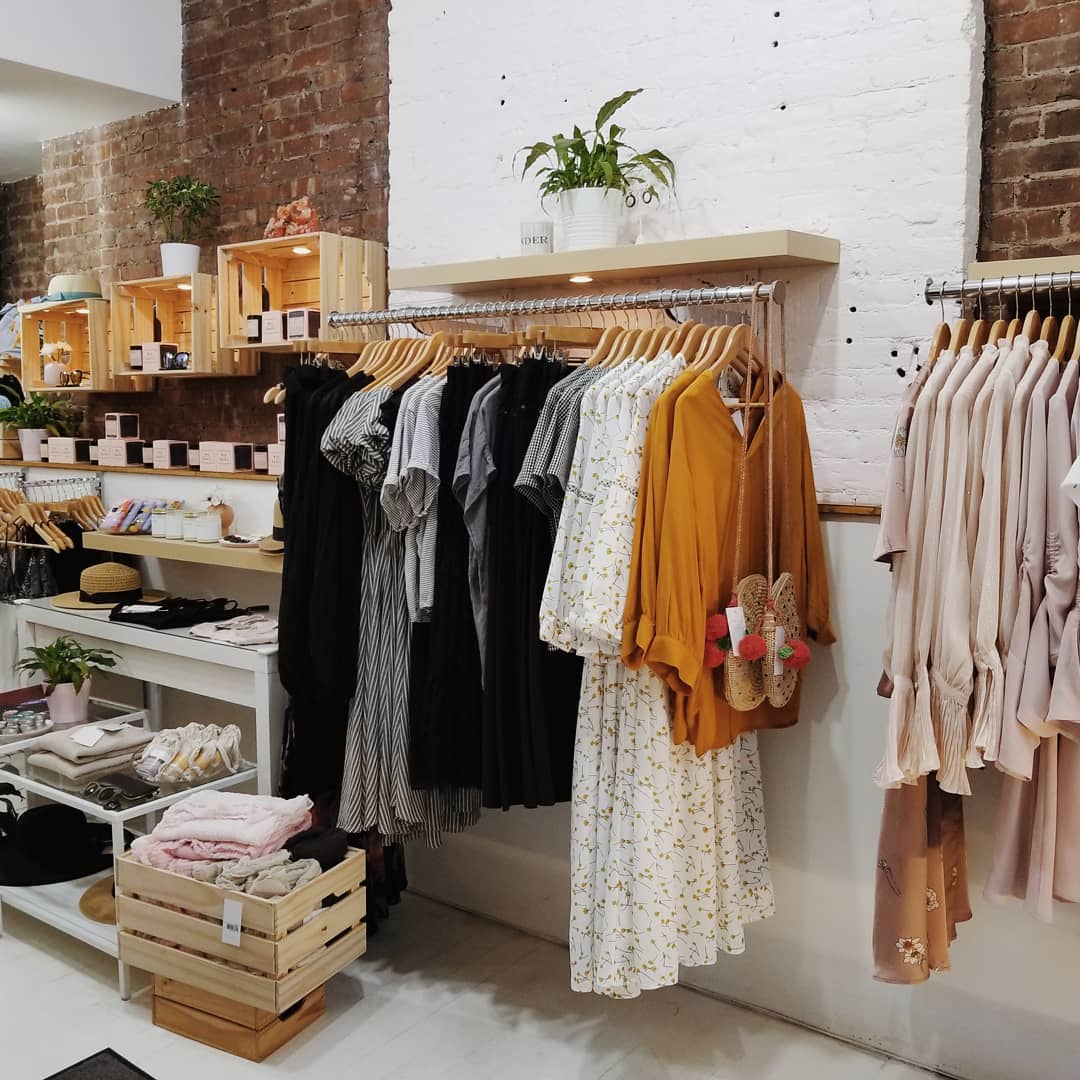Boost Your Wardrobe with Magnificent Boutique Fashion Fundamentals
Wiki Article
Exploring the Evolution and Effect of Clothing on Modern Fashion Trends
The evolution of clothes has dramatically affected contemporary style trends, merging historic precedents with cutting-edge advancements. Renowned numbers like Coco Chanel and Yves Saint Laurent reinvented the fashion business by introducing concepts that prioritize convenience and access, which proceed to resonate today. Technological strides in locations such as 3D printing and clever fabrics are redefining style opportunities and consumer experiences (boutique fashion). Furthermore, the expanding focus on inclusivity and sustainability is reshaping industry standards. As we take into consideration these complex impacts, one should wonder about just how these components jointly redefine fashion's duty in showing and forming modern society.Historic Style Influencers
In the tapestry of fashion history, particular numbers have left an enduring mark, forming the fads and styles that specify whole periods. Coco Chanel, an innovative designer, redefined women's fashion by introducing comfy, classy clothes that departed from restrictive corsets. Her famous Chanel suit and little black outfit have actually come to be timeless staples in wardrobes worldwide. Christian Dior's post-war "New Look" in 1947, with its celebration of feminineness with full skirts and cinched midsections, marked a return to opulence and has actually continued to influence developers.Elsa Schiaparelli is another essential number, renowned for her avant-garde layouts that integrated surrealist art, teaming up with Salvador Dalí to create whimsical pieces that tested traditional aesthetic appeals. Her ingenious use of shade and strong patterns resounds in modern fashion. Yves Saint Laurent, at the same time, equalized haute couture with prêt-à-porter collections, bringing runway styles to the masses and setting a precedent for contemporary ready-to-wear lines.
These visionaries, amongst others, not only changed style in their times yet also set withstanding trends that reverberate in today's style industry, supplying a structure whereupon contemporary designers remain to introduce and construct. Their traditions emphasize the importance of creativity and daring in fashion's ever-evolving story.
Technical Developments in Fashion
In the middle of the dynamic landscape of the garment industry, technical innovations stand at the leading edge of innovation, reshaping exactly how developers produce and consumers involve with style. The assimilation of 3D printing has changed style procedures, allowing designers to trying out intricate structures and lasting products that were previously impossible. This technology assists in fast prototyping, lowering waste and accelerating manufacturing times.
Smart textiles, embedding modern technology into materials, are likewise transforming the market. Technologies like self-cleaning and temperature-regulating textiles supply improved capability and comfort. Wearable innovation, incorporating features like physical fitness tracking and communication, adds a new measurement to style, merging visual appeals with usefulness.
Cultural Changes and Style
As technical improvements proceed to improve the fashion business, social shifts are equally significant, redefining style and consumer preferences. In the last few years, the surge of social media sites systems has actually accelerated the dissemination of worldwide style fads, permitting varied cultural impacts to exist side-by-side and converge. This electronic interconnectivity has assisted in the rapid exchange of concepts, causing a much more eclectic and comprehensive interpretation of style that reflects the diverse nature of contemporary society.Cultural awareness and gratitude have triggered developers to attract motivation from a wider range of ethnic and historical contexts, integrating standard motifs with modern aesthetic appeals. This combination has resulted in fashion that resonates with a bigger audience, promoting a sense of identity and belonging throughout different demographics. In addition, the boosting need for personalization has driven brands to use adjustable options, allowing consumers to express originality while mirroring their social heritage.
Additionally, shifting social worths have actually impacted fashion, with inclusivity and variety coming to be central motifs. The sector has started Recommended Site to accept designs and influencers of numerous physique, ethnic backgrounds, and sex identifications, difficult standard beauty criteria. This change underscores the power of cultural changes in forming the future of style, as design comes to be a more genuine expression of cumulative and personal identification.
Sustainability and Modern Design
While the fashion sector continues to develop, the important for sustainability has actually become increasingly immediate, affecting modern style techniques. The rise of slow style, which emphasizes quality over quantity, encourages customers to invest in timeless pieces instead than short-term fads.Additionally, contemporary design is identified by its advancement click now in reducing waste and promoting circularity. Methods such as zero-waste pattern cutting and 3D knitting are getting traction, enabling designers to create garments with very little fabric wastage. Furthermore, brands are embracing transparent supply chains, making sure responsibility and promoting consumer trust. This technique not just reduces ecological impact but also improves the social responsibility of style houses.

Future Trends in vogue

Sustainability will certainly remain to be a driving force in forming future fashion patterns. The sector is significantly taking on environment-friendly materials and moral production approaches, replying to a growing consumer demand for liable practices. Innovations such as bio-fabricated materials and closed-loop recycling systems are established to redefine how garments is created and eaten, minimizing ecological effect while keeping design and high quality.
Cultural changes, consisting of the rise of inclusivity and diversity, will also play a critical duty. As society comes to be more knowledgeable about social issues, style is anticipated to become a platform for expression and adjustment. Designers will likely concentrate on developing collections that mirror a more comprehensive array of identities and experiences, promoting representation and ease of access.
Conclusion
The development of garments dramatically influences modern-day style fads, where historic impacts combine with contemporary designs. This ongoing advancement emphasizes style's duty as a mirror to social values and technological improvement, recommending a future rich with innovation and inclusivity.The advancement of clothing has actually substantially affected modern style patterns, combining historic criteria with innovative developments.Amidst the vibrant landscape of the style sector, technical developments stand at the center of development, improving just how designers create and customers involve with style.While the fashion visit our website industry proceeds to develop, the crucial for sustainability has come to be increasingly immediate, influencing modern-day design practices. As sustainability becomes ingrained in modern design, it leads the means for a much more conscious and liable style market.
The advancement of clothing significantly affects modern-day fashion trends, where historic impacts merge with contemporary layouts.
Report this wiki page